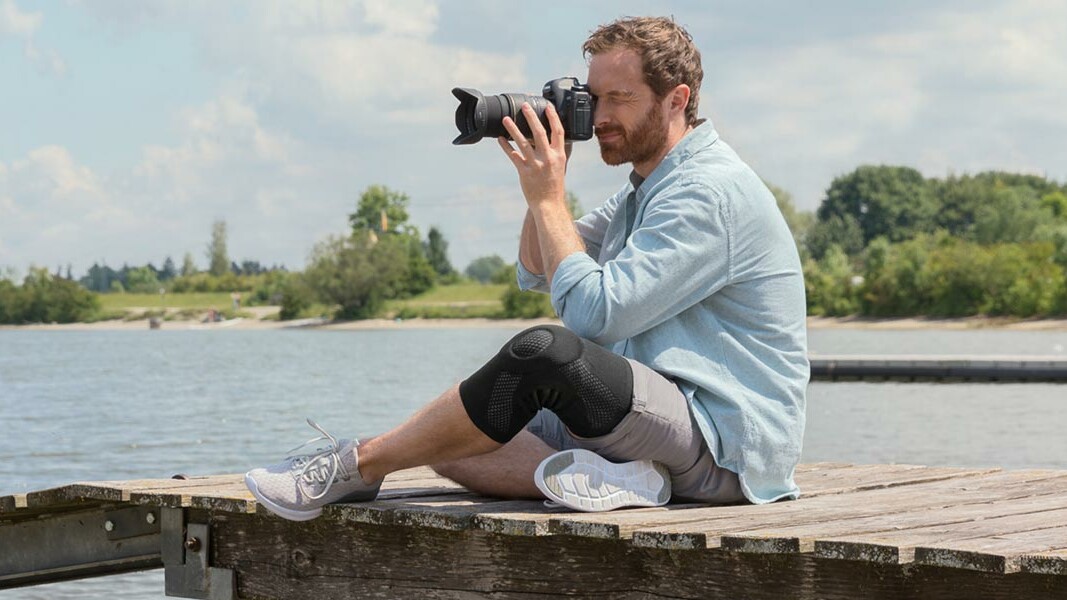The collective term “patellofemoral pain syndrome” refers to pain in the front of the knee and the kneecap (patella). The pain usually occurs behind the kneecap but can also radiate into the areas in front of and around the kneecap.
Patellofemoral pain syndrome is very common and one of the most frequent problems in the front of the knee. Generally, pain first occurs during strain such as using the stairs, hill walks or skiing.
Patellofemoral pain syndrome frequently affects young, active women, but also people who enjoy sports that put a lot of strain on the knee from jumping, shock absorbing or decelerating.
Additionally, misalignments such as knock knees, anomalies such as a high-riding patella, muscular imbalances and muscles that are too weak to stabilise the kneecap can be a trigger for patellofemoral pain syndrome.




